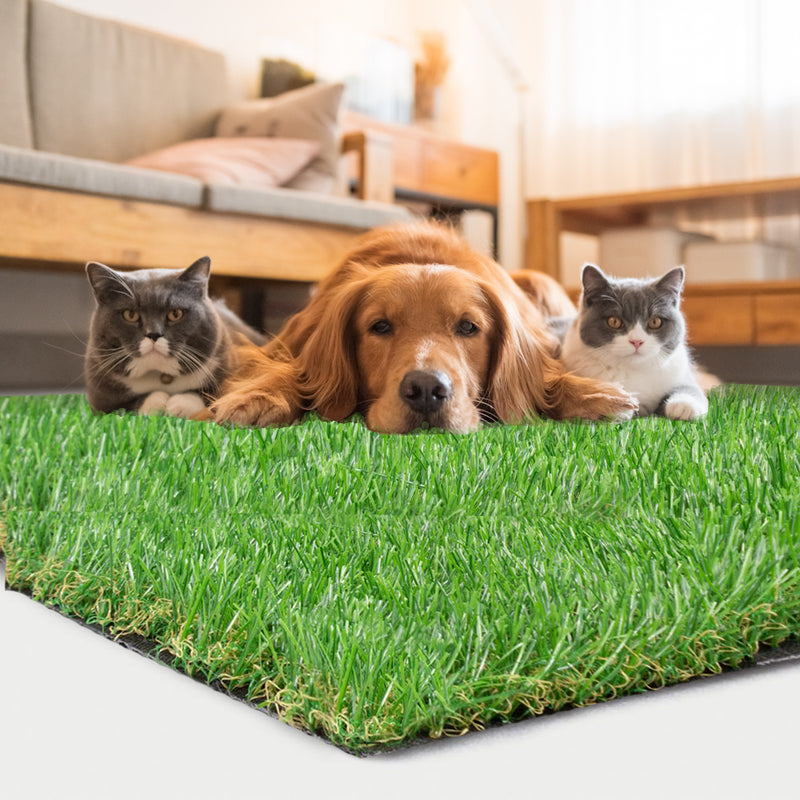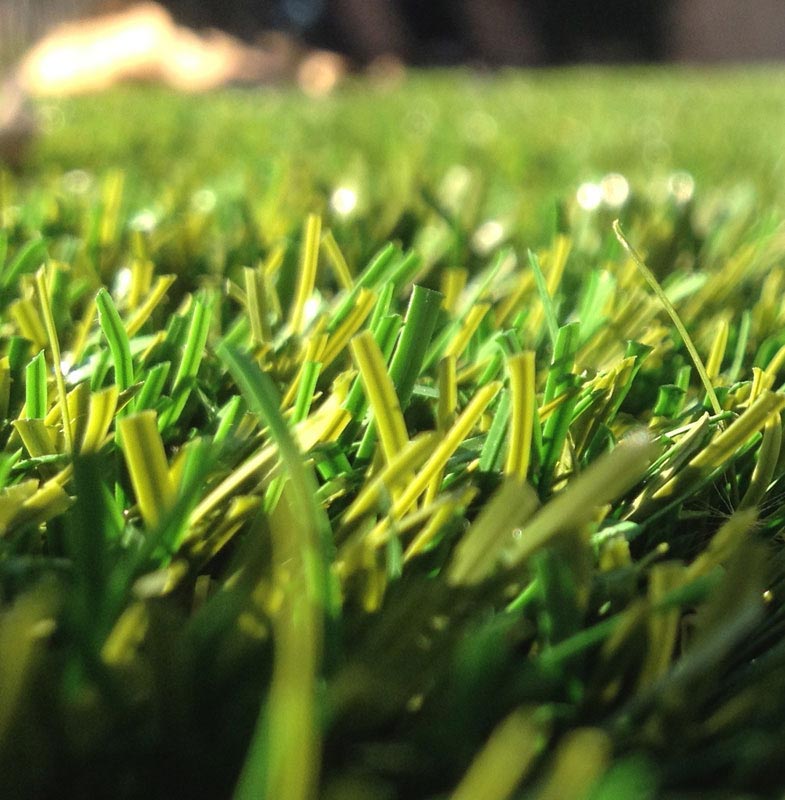Durable Arizona Artificial Turf for Home and Commercial Applications
Durable Arizona Artificial Turf for Home and Commercial Applications
Blog Article
Explore the Environmental Advantages of Opting for Synthetic Grass Solutions
The fostering of artificial grass solutions presents a compelling possibility to address pressing environmental obstacles. By dramatically minimizing water use and lessening the application of harmful chemicals, these choices not just advertise sustainable landscaping but additionally safeguard regional ecosystems.
Water Preservation Advantages
One of the most substantial advantages of synthetic turf is its ability to save water. In comparison, fabricated turf does not require watering, substantially lowering the overall demand for water sources.
By eliminating the requirement for normal watering, synthetic grass adds to sustainable landscape methods and assists reduce the ecological influence of too much water usage. The conservation of water prolongs to the decrease of runoff, which can lead to dirt disintegration and river contamination.
Furthermore, the installation of artificial grass allows towns and property owners to designate water sources a lot more efficiently, concentrating on essential uses such as drinking water and agriculture. The shift towards artificial turf not just promotes accountable water usage but additionally aligns with broader ecological objectives intended at protecting all-natural resources.
As neighborhoods significantly prioritize sustainability, the water conservation advantages of artificial turf provide an engaging case for its adoption in residential and commercial landscaping tasks.
Lowered Chemical Usage
The shift to man-made turf substantially lowers the reliance on chemical treatments typically utilized in all-natural yard maintenance. Traditional turf administration normally includes the application of plant foods, pesticides, and herbicides to promote growth and control parasites. These chemicals can present risks to human wellness, regional wild animals, and the environment, adding to dirt and water contamination.
On the other hand, fabricated grass gets rid of the need for these hazardous materials. Once installed, it needs minimal upkeep, mainly containing routine cleansing and irregular infill replenishment. This decrease in chemical usage not just profits the immediate environment however additionally contributes to broader environmental stability. By lessening the release of synthetic compounds right into the ecological community, synthetic grass advertises much healthier soil and water systems.
Moreover, the lack of chemical overflow linked with synthetic grass installations helps safeguard regional waterways from contamination, sustaining water life and preserving biodiversity. Arizona turf. As communities increasingly prioritize sustainable practices, going with artificial turf presents a practical option that aligns with ecological conservation goals. With this shift, home owners can appreciate lush environment-friendly areas without jeopardizing environmental health, leading the means for an extra sustainable future
Lower Carbon Footprint

Furthermore, the installation of artificial turf can cause considerable water conservation. All-natural grass require substantial amounts of water for watering, which not just adds to the carbon impact associated with water removal and therapy but additionally pressures regional water resources. On the other hand, synthetic grass requires minimal upkeep, requiring no watering, thereby dramatically reducing water usage and its connected energy prices.
Additionally, the longevity of synthetic grass adds to its reduced carbon effect. With a life-span of up to 15 years or more, the requirement for regular replacements is decreased, resulting in less waste and reduced energy usage in production and getting rid of standard yard choices. On the whole, artificial turf presents a sustainable alternative for eco conscious landscape design.
Environment Conservation
Environment conservation is a crucial factor to consider in the discussion over landscaping options, especially when comparing synthetic lawn to natural yard. All-natural lawn yards typically require comprehensive upkeep, including using pesticides, herbicides, and fertilizers, which can negatively impact local environments. These chemicals can leach right into the soil and rivers, damaging native vegetation and fauna and interfering with neighborhood habitats.
On the other hand, man-made lawn provides a chance to reduce the environmental footprint of landscape design. By choosing for artificial grass, house owners can lessen the disturbance of natural environments related to traditional lawn care techniques. Synthetic grass eliminates the need for damaging chemicals, thereby securing neighboring wildlife and preserving the integrity of surrounding environments. Moreover, the installation of artificial turf can bring about the conversion of former yard areas into more biodiverse landscapes, such as pollinator gardens or native plant areas, which can support neighborhood wildlife.
Inevitably, the transition to artificial turf not only conserves water and reduces maintenance initiatives however likewise fosters a more unified partnership between human activities and the natural surroundings, promoting habitat preservation at the same time.
Long-Term Sustainability
Lasting sustainability is an essential consider evaluating the benefits of man-made turf over standard turf yards. Among the most substantial advantages of synthetic turf is its toughness; it can last approximately 15-20 years with click here to find out more marginal maintenance, whereas official website natural grass calls for regular reseeding and substitute. This longevity reduces the demand for continuous sources, such as water, fertilizers, and pesticides, which are crucial for preserving a healthy turf lawn.
Furthermore, man-made grass adds to a reduction in carbon discharges linked with yard treatment tools. Typical lawns typically require gas-powered mowers, trimmers, and blowers, all of which add to air pollution. Arizona turf. On the other hand, synthetic grass removes the need for such equipment, promoting a cleaner setting
In addition, the manufacturing of man-made lawn progressively makes use of recycled products, improving its sustainability account. As manufacturers embrace environmentally friendly methods, the environmental footprint of synthetic grass proceeds to decrease.

Conclusion
The fostering of artificial turf options presents significant environmental benefits, including considerable water conservation, reduced reliance on unsafe chemicals, and a lower carbon impact. Artificial lawn aids in preserving all-natural environments by decreasing land disturbance and advertising long-lasting sustainability with the usage of durable materials. Jointly, these variables underscore the capacity of artificial turf to contribute favorably to ecological wellness and offer a feasible option to conventional landscaping practices in a significantly resource-conscious globe.
In comparison, man-made grass does not require watering, significantly lowering the overall need for water resources. By minimizing the launch of synthetic substances into the community, fabricated turf advertises healthier dirt and water systems.
In addition, the installment of synthetic grass can result in considerable water conservation. In comparison, fabricated turf requires marginal upkeep, calling for no watering, thus dramatically lowering water use and its connected power costs.

Report this page